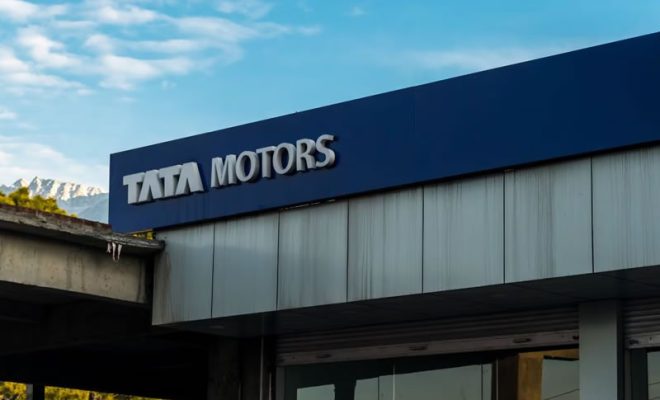Tata Motors to SAMIL, shares of Indian automakers fall up to 8%: know why here

Indian auto stocks took a beating on Thursday after former U.S. President Donald Trump announced a 25% tariff on foreign-made cars and light trucks, shaking up investor confidence in the sector. The new tariffs, which come on top of existing duties, are expected to generate over $100 billion in revenue for the U.S., according to Trump’s aide Will Scharf.
Major Players Feeling the Heat
The impact of this announcement was felt across the board, with stocks of major Indian auto firms plunging:
- Tata Motors saw a 6% drop in share value. This is particularly pertinent given that its subsidiary Jaguar Land Rover (JLR) depends heavily on the U.S. market, which accounts for 22% of its total sales in 2024.
- Samvardhana Motherson International Ltd., a significant supplier to various brands such as Mercedes-Benz and BMW, was dealt the biggest blow with an 8% fall in shares. The company has 18% exposure to the U.S., making it particularly vulnerable to the tariff hike.
- Sona BLW Precision Forgings fell by 4%. The majority of its production happens in India, but some assembly takes place in Mexico, which may be impacted if manufacturers move production straight into the U.S.
- Bharat Forge, which produces parts for Class 8 trucks in North America, is another name to watch out for. The U.S. Class 8 truck market has been struggling, with orders falling for the fifth consecutive month, declining 34% year-on-year in February.
Analysts have a mixed opinion about the long-term impact of the current situation despite a more or less immediate ripple in the market. CLSA, a brokerage house, has maintained its bullish bias towards Samvardhana Motherson, which remains a long-term double for the next three years despite its recent corrections owing to macroeconomic concerns and tariff risks.
Meanwhile, with uncertainty looming large, Indian automobile manufacturers have to rethink their strategies to encounter these fresh trade challenges. In the following months, investors shall continue to monitor closely how the companies are adapting.



